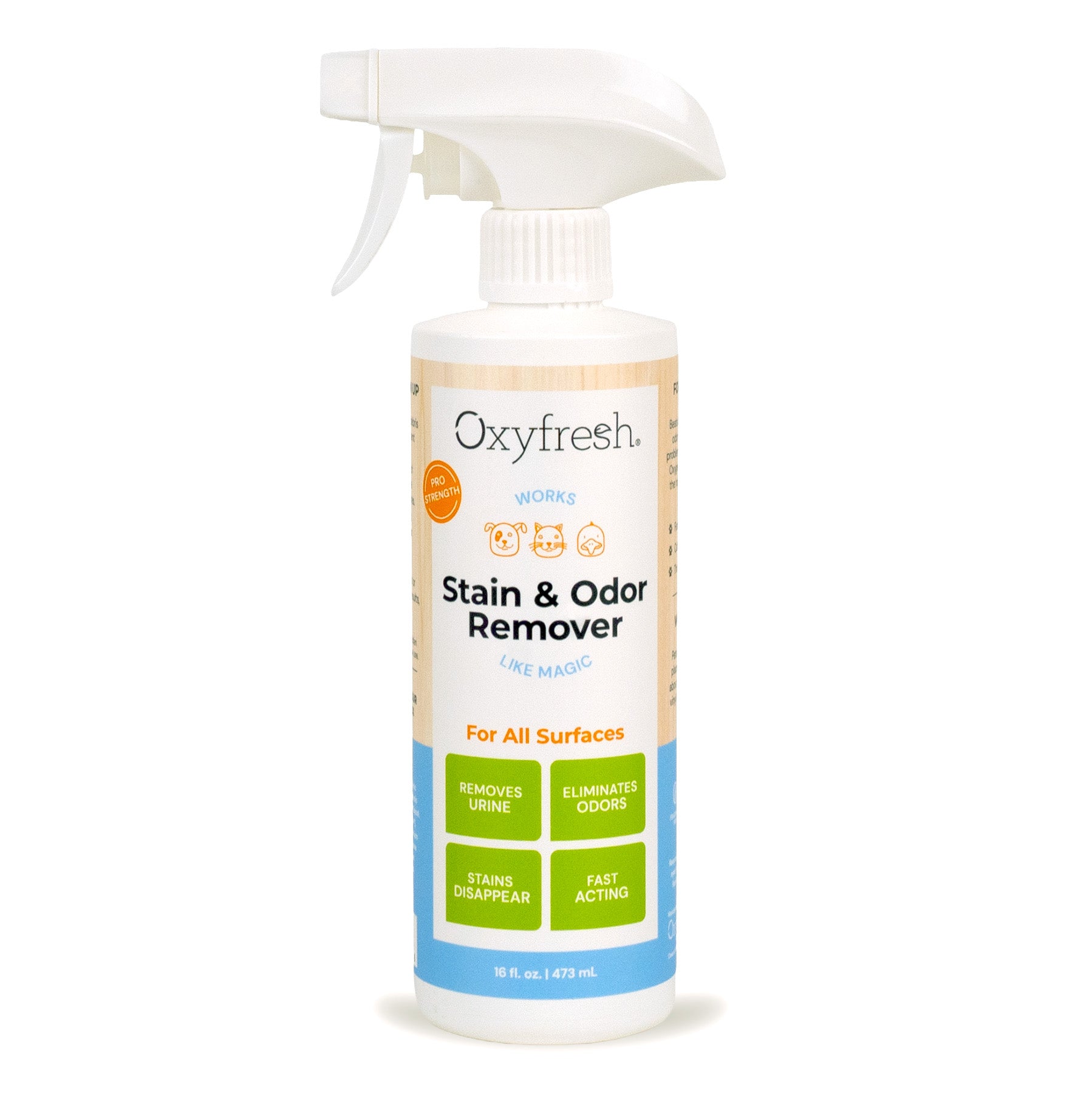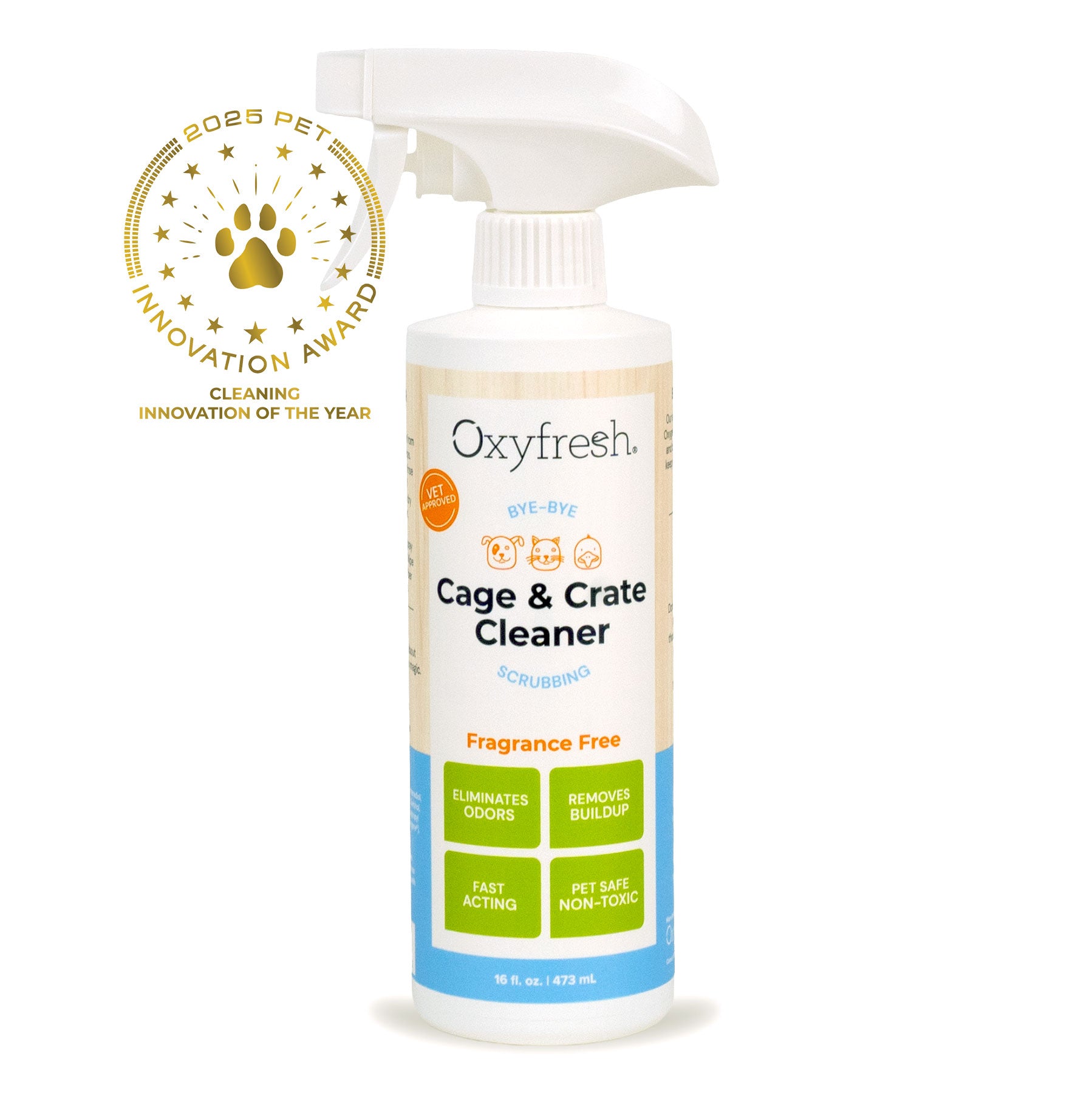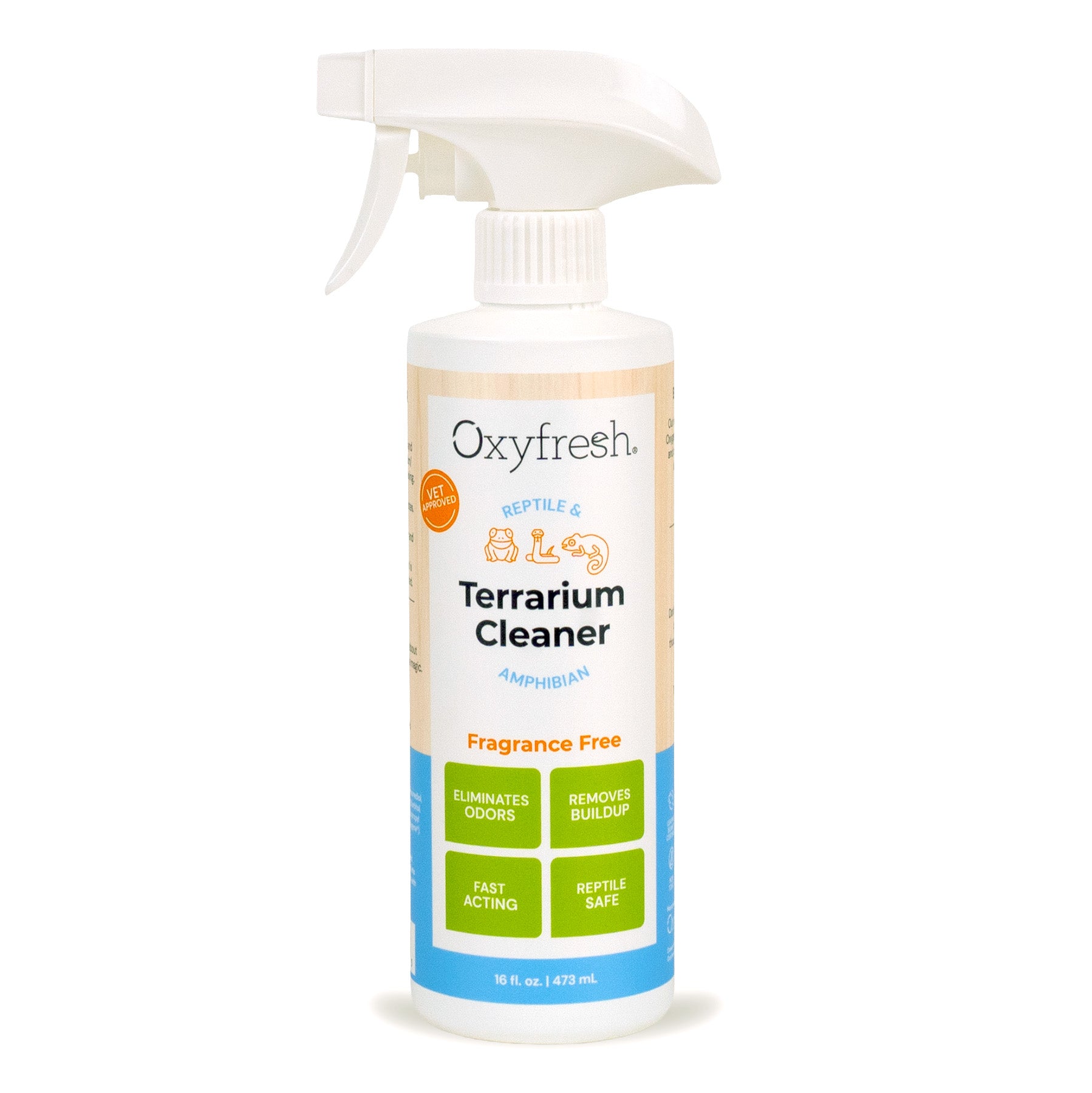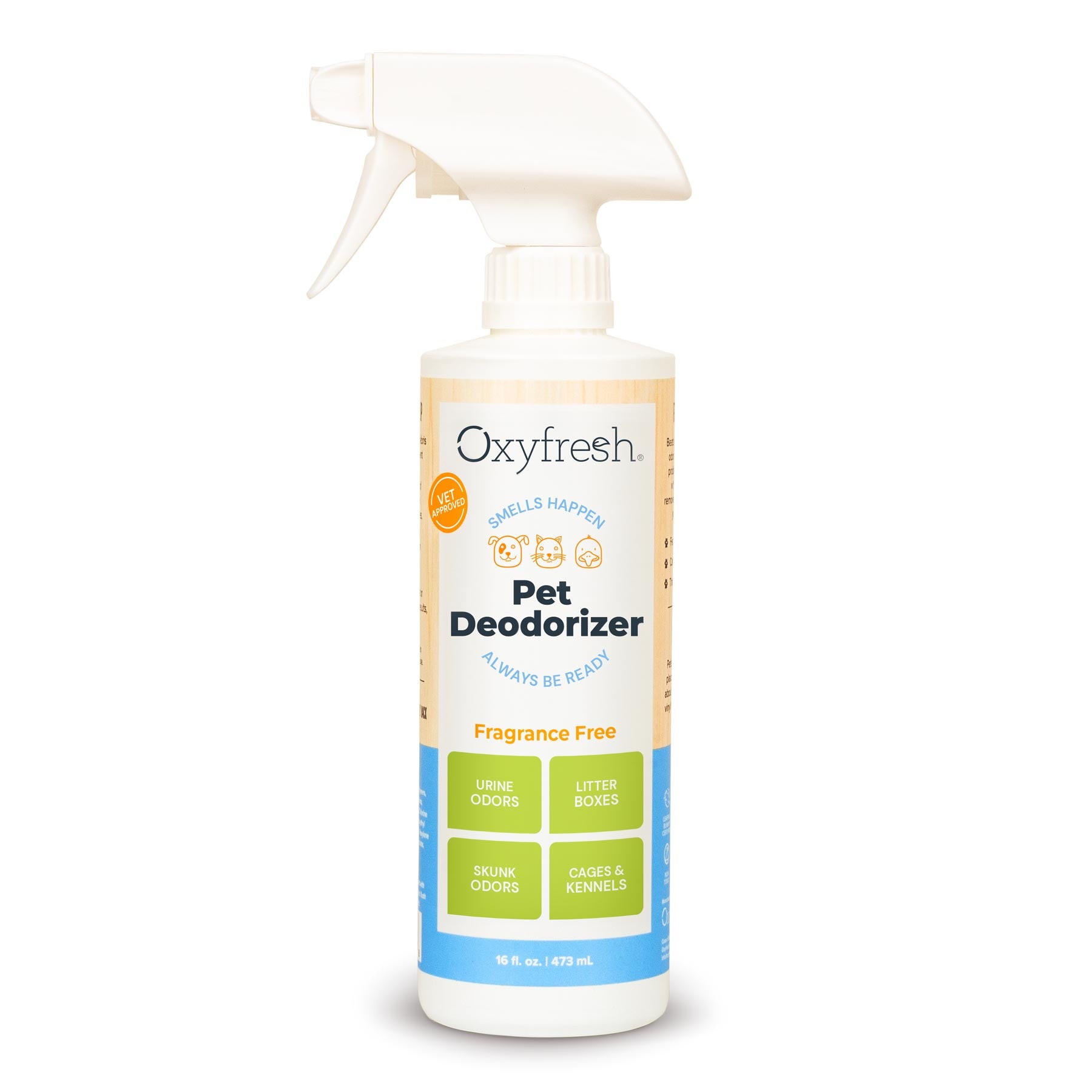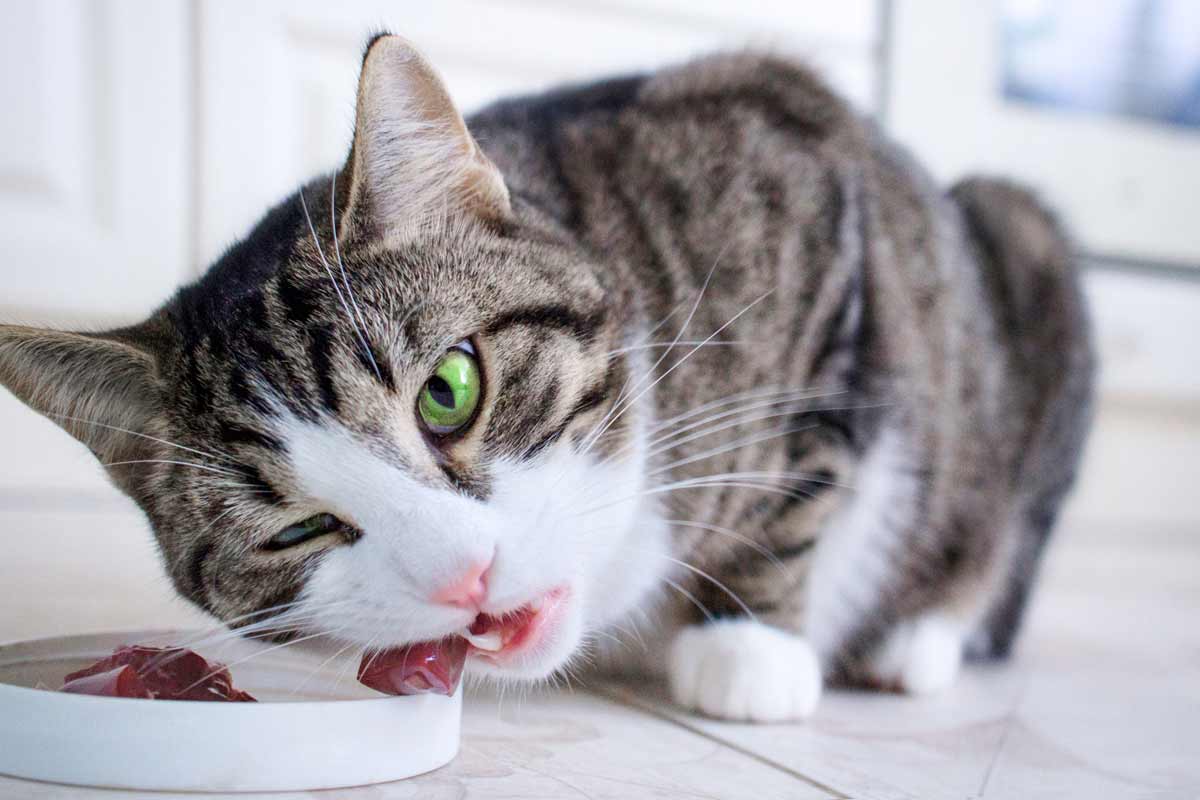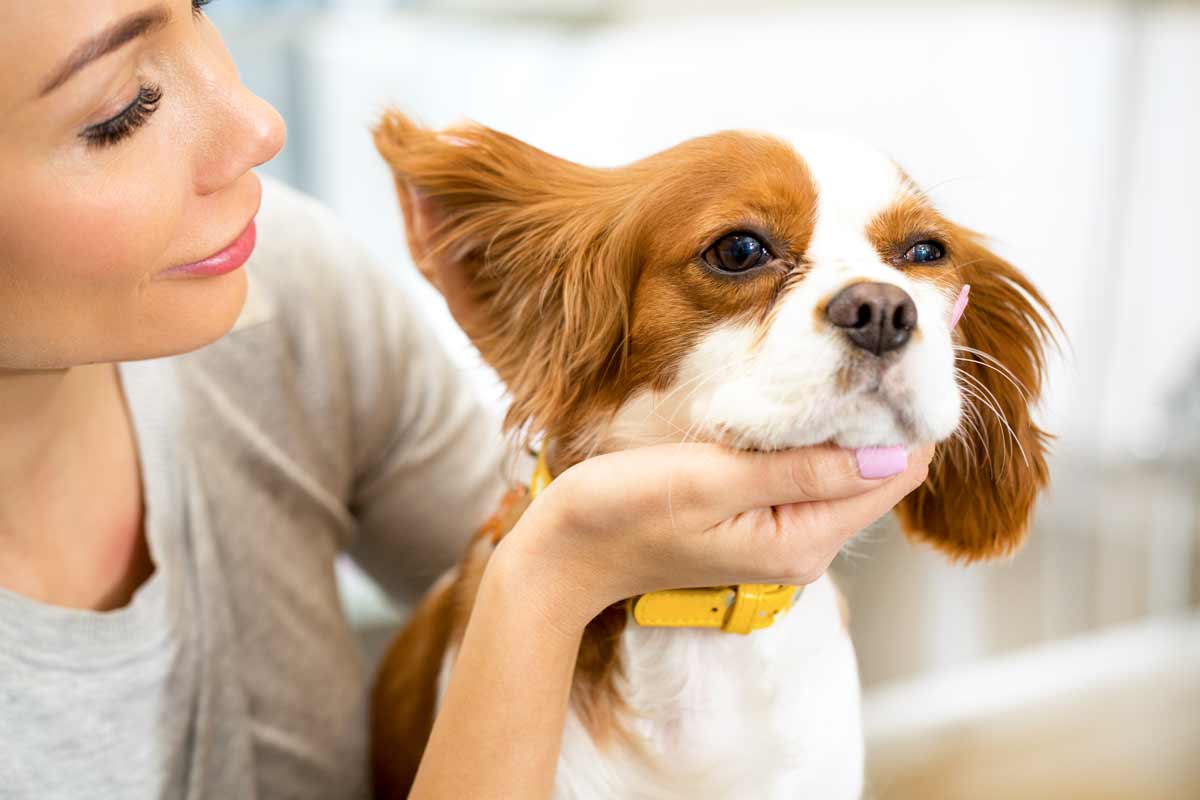Is your dog a real stinker? You know what we’re talking about. You go to lie down on the couch, and it smells like Fritos and drool. Not cool!
But before you start spraying deodorizer around your house with reckless abandon, do a little digging (à la this article) and find out why a pet-safe odor neutralizer is a must.
The Smelly Truth About Odor Neutralizer Sprays
Here’s the harsh reality: most deodorizers do diddly-squat when it comes to freshening the air in your home and getting rid of dog odors. Instead, they merely MASK odors with overpowering "perfume bombs."
Scented odor neutralizers can negatively impact dogs, other pets, and people in the home, especially those who have respiratory conditions like asthma or allergies/sensitivities to fragrances.
Perfume-heavy odor neutralizers leave a lot of pollution in their wakes because of all the chemicals needed to create their scents. (The average scent utilizes 29 chemicals.) In fact, the EPA estimates that the average home’s indoor air is 2–5 more polluted than the outdoor air. Yikes!
Furthermore, a study of 37 common consumer products (air fresheners, cleaners, laundry products, and personal care products) revealed that 156 VOCs (volatile organic compounds) were emitted from them, including 42 classified as toxic or hazardous under US federal laws. Every product tested emitted at least one toxic chemical.
Good to know: plug-ins are even more toxic to use around pets because of how low they are to the ground and pets’ faces.
Why VOCs in Dog Deodorizer Sprays Are Concerning
VOCs are compounds that evaporate at room temperature, turning into a gas from a solid or liquid form. This process is called volatility, and it explains how deodorizers are meant to work: to dissipate into the air and change the scent of a room.
Keep in mind, not all volatile organic compounds are harmful. With dog deodorizing sprays and other odor neutralizers, synthetic fragrances should sound the alarm bell.
Short-term exposure to low levels of VOCs can cause throat irritation, eye and nose irritation, tiredness, and upset stomach. Long-term exposure poses the risk of severe respiratory irritation. A few common VOCs in air fresheners like formaldehyde and benzene are linked to cancer risk.
Humans in the home can say things like, "Hey, this air freshener is giving me a headache" or "My asthma is acting up whenever you spray this." Unfortunately, our pets can’t talk, but they can still clue us into their aversion to air fresheners. We just have to know what to look for.
Symptoms that say, "I don't like your dog deodorizing spray!"
- Coughing
- Sneezing
- Discharge from eyes/nose
- Vomiting or diarrhea
- Loss of appetite
- Asthma (especially with cats)
- Avoiding the areas where the deodorizer is sprayed
Keep in mind, pets are low to the ground, and the risk of exposure from toxic odor neutralizers isn’t just from the air itself. Where the deodorizer lands, pets lay, walk through it, and then lick their fur or paws. To learn more about the ingredients to avoid in dog deodorizing sprays, check out: Is Your Pet Deodorizer Toxic?
Dogs Are Highly Sensitive to Fragranced Odor Neutralizers
Consider this: your dog’s sense of smell is 40 times better than yours. So if a scented deodorizer smells strong and unpleasant to you, just imagine how it is for your dog. Cats and especially birds also do not handle fragrances well. If you have pets in the home, it’s best to steer clear of scented deodorizers altogether.
Beware of Dog Deodorizing Spray DIYs
We all love a good DIY hack, but be careful with dog deodorizing sprays, as many call for essential oils. Essential oils offer a natural alternative to many toxic synthetic fragrances, which is a good thing. But essential oils can be too strong to use around pets. Just a few drops can cause bad skin irritation, and if ingested, can cause liver problems or gastrointestinal upset.
When dogs breathe in essential oils, it can worsen existing respiratory symptoms, lead to changes in their behavior, or cause central nervous system problems. Some essential oils are flat-out toxic to dogs, so do your homework first to understand the risk of essential oils for dogs and ask your vet for guidance.
Safe Alternatives to Perfume-y Dog Deodorizing Sprays
- Embrace your inner clean freak. Make the vacuum cleaner your BFF (um, after your dog, of course). This is a surefire odor neutralizer. If your dog has no concept of personal space bubbles and is always on the couch, at your feet, or even in bed with you, you’ll want to vacuum these areas thoroughly once a week. Dog hair and all the debris clinging to their fur and paws can be very smelly. Ahem, do not skip the corners and crevices, as hair tends to accumulate most in these areas.
- Bust out the baking soda. If you don’t mind the mess, you’ll love this simple, natural and affordable way to deodorize your dog’s living spaces, from carpets to pillows and more. Sprinkle liberally in smelly areas and then let it sit for 8–12 hours, then vacuum up.
- Be plant-tastic. Indoor plants will beautify your space, and best of all, act as natural odor neutralizers, absorbing toxins from the air like formaldehyde and benzene. Worried about your lack of a green thumb? Relax ... there are many pet-safe houseplants that are easy to grow.
- Open the windows. This one seems like a no-brainer, but seriously, everyone in the home will benefit from a bit of fresh air. And it doesn’t cost a thing – yay!
- Give your pooch a bath. Clean fur = less odors on all your stuff. In general, dogs need a bath every 4–6 weeks. Don’t want to spend money at the groomer? Try Oxyfresh Pet Shampoo. Infused with vitamins and silk amino acids, you’ll love cuddling up to your dog’s soft, clean and FRESH SMELLING coat.
- Use a fragrance-free dog deodorizing spray. Ditching fragranced products is the best thing you can do to improve your home’s air quality. So make the switch to a scent-free, non-toxic odor neutralizing spray. That way, you can be a home that loves dogs without being a home that SMELLS like dogs.
Best Fragrance-Free Dog Deodorizing Spray
Only Oxyfresh Pet Deodorizer uses the non-toxic power of Oxygene® to eliminate smelly dog odors in just 60 seconds. No fragrance coverups or harsh chemicals. In fact, this odor neutralizer is so safe, you can spray it directly on your dog. This is a must-have when there’s no time for a bath, company drops by unannounced, or your dog tried (unsuccessfully) to make friends with a skunk.
Oxygene® uses the natural, no-byproducts-produced process of oxidation to steal the electrons that make up smelly odors, thus rendering the odors inactive. In simple terms: the odor disappears rather than being masked by perfumes.
What exactly is Oxygene®? It’s a proprietary form of stabilized chlorine dioxide. Don’t let the name scare you: it’s not the same thing as chlorine in pools or cleaning products. In fact, chlorine dioxide is used to purify public drinking water. So as you neutralize dog odors, you’re also fighting harmful bacteria. This safe, proven ingredient has been in Oxyfresh’s USA-made products for 38 years. (Please don’t ask us to do the math in dog years.) Be sure to also check out our other pet deodorizers to keep your house fresh and clean.
Spray Anything with Oxyfresh Pet-Safe Deodorizer
- Couches
- Carpets
- Bedding
- Garbage cans
- Litter boxes
- Pillows
- Kitchen counters
- Your pet
Oxyfresh pet-safe Deodorizer can be sprayed with confidence around all the pack members in your home, whether they have two legs, four legs, fins, scales or feathers. Try it, love it, and (finally!) win the battle against smelly dog odors.




